Baseball History Comes Alive Now Ranked #2 by Feedspot Among All Internet Baseball History Websites and Blogs!
Guest Submissions from Our Readers Always Welcome!
Subscribe to Baseball History Comes Alive! for automatic updates (sign-up block found in right side-bar)
As a Free Bonus for subscribing, you’ll get instant access to my two Special Reports: Memorable World Series Moments and Gary’s Handy Dandy World Series Reference Guide!
Bugs Raymond and Other Baseball Tragedies Photo Gallery
Click on any image below to see photos in full size and to start Photo Gallery:
Baseball Shootings and Murders, Part III: The Tragic Demise of Bugs Raymond
“Bugs Raymond took seven years off my life” – Giants’ manager John McGraw
Those of you who have been following along with me in this series will remember that I’ve featured Billy Jurges, shot in 1932 by scorned lover Violet Popovich Valli, and Eddie Waitkus, shot in1949 by stalker Ruth Ann Steinhagen. Both were hotel shootings in Chicago. For Part Three of the series, I’ve expanded the scope to include shootings and murders.
After the Jurges and Waitkus posts, I started wondering how many other such incidents there’ve been over the long history of the game. Let’s face it, baseball has seen some real shady characters lace up the spikes and cross the white lines. I knew I could find the answer to this question on one of my favorite web sites: The Dead Ball Era, run by Frank Russo. Among many other things, Frank keeps track of baseball player passings, obituaries, and death certificates; plus photos of many grave sites. I’ve even contributed to the site with gravesite photos of Harry Caray, Gabby Hartnett, Hank O’Day, and Germany Schaefer, all buried near my home. If you’re into this sort of thing, it’s a great site.
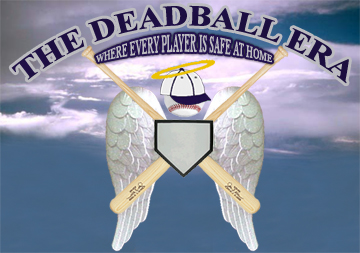
To no surprise, I soon discovered that Jurges and Waitkus were not the only shooting victims, not by a long shot (pun intended). I learned of one shooting from 1942 that was very similar to theirs: A player named Gordon McNaughton was fatally shot by a jealous ex-girlfriend…also in a Chicago hotel!
On Frank Russo’s “Baseball Notables Who Have Been Murdered” page, I found a list of over 50 ball players who met violent deaths. A quick perusal of the list revealed some interesting information. The first known murder of a ball player was Frank Bell in 1891, shot by a bartender after a game of cards. The most recent was Narcisco Elvira in 2020, shot along with his son during a possible kidnapping in Veracruz, Mexico. In the 129 intervening years between these two, I found plenty of other tragic stories.
Most of the names on the list were obscure guys I’ve never heard of, including one with a great baseball nickname: “Mother” Watson (1898), shot during an election day brawl. Others included Ed Irwin (1916), thrown through a saloon window; Larry McLean (1921), shot by a bartender during a barroom brawl; Bill Weber (1924), stabbed in a gangland hit; Hi Bithorn (1952), shot by a cop in Mexico on New Years Day. In more recent years, there’s Lyman Bostock (1978), shot while riding in a car; and Pascal Perez (2012), stabbed in a home invasion. And here’s a good one: Len Koenecke (1935), battered with a fire extinguisher in a plane by a member of the crew. I sure would’ve hated to be on that flight!
I also recognized at least two former Negro Leaguers: Ted Page (1984), beaten in a robbery in his home; and Luke Easter (1979), shot by robbers.
One name that really caught my eye was Bugs Raymond, killed in 1912 at the age of 30 “after being hit in the head by a baseball bat.” How ironic is it that a ballplayer would meet his demise after being hit in the head with a bat!
Those of you who’ve read Lawrence Ritter’s baseball classic, “The Glory of Their Times,” will remember the name of Bugs Raymond. He was a recognized alcoholic whose addiction to booze was even too much for hard-nosed Giants’ manager John McGraw to handle. Here’s a quote about Bugs by Giants’ teammate Fred Snodgrass:
Bugs had a good sense of humor and was a lot of fun. But he couldn’t stay away from drinking. Once we were playing in St. Louis. We were supposed to be at the park at noon, and by two o’clock Bugs still hadn’t shown up. Finally, we saw Bugs, in civilian clothes, walking across the field toward the clubhouse out beyond center field. McGraw met him at the door and said ‘Bugs, you’re through in baseball. Here’s your uniform (that was the year we had to buy our own uniforms)…When we finally got back to New York ourselves, hanging in the window of the nearest saloon to the Polo Grounds was Bugs Raymond’s uniform, with a sign on it that said ‘Bugs Raymond Tending Bar Here.’ That was 1911 and Bugs never pitched another game in the majors.
After a brilliant minor year career, Bugs was picked up by the Cardinals for the 1908 season and before long the spitballer was the best pitcher on a poor team, with a 2.03 ERA, 145 strikeouts, and five shutouts. During the season, the Chicago native gave up fewer hits per game than Christy Mathewson. His dismal 15-25 record is at least partially explained by the fact that he pitched in eleven games in which the Cardinals were shutout. The following year, 1909, he was picked up by the Giants and had his best season, going 18-12, with a 2.41 ERA, and 121 strikeouts.
Teammate Rube Marquard said of him:
Bugs drank a lot, you know, and sometimes it seemed the more he drank the better he pitched. They used to say he didn’t spit on the ball; he blew his breath on it and the ball came up drunk.
John McGraw once said Bugs Raymond was one of the greatest pitchers he ever managed. But Bugs just couldn’t stay sober for very long. McGraw tried fines and hiring detectives to trail him, but nothing worked. After a subpar 4-11 year in 1910, he was released midway through the Giants’ pennant-winning year of 1911. A once-promising career had been tragically cut short by alcohol addiction.
In 1912, after a stint with the Cincinnati Cams of the short-lived United States League, Bugs got into a number of fights in Chicago while attending semi-pro games near Elston and Lawrence avenues (Chicagoans like me will immediately recognize the location). In one drunken brawl, he was a spectator in the stands when he was badly beaten with a bat by 23-year-old Fred Cigranz. Bugs died of a fractured skull and cerebral hemorrhage a few weeks later.
So we can safely say that tragedies didn’t start or end with Billy Jurges or Eddie Waitkus. They’ve been part of the baseball culture for an awfully long time and they’ll probably continue to be…as long as there are grown men playing a kids’ game.
Gary Livacari
Information: The Dead Ball Era, by Frank Russo.
Photo Credits: All from Google search
Check out my latest book, recently nominated for the SABR 2020 Lawrence Ritter award: Reflections On the 1919 Black Sox: Time to Take Another Look now available on Amazon in e-book and paperback. All profits go to the Illinois Veterans Foundation
Add your name to the petition to help get Gil Hodges elected to the Hall of Fame
Vote In Our New Poll: How Do You Feel About the 60-Game Proposal for the 2020 Season?
We are a participant in the Amazon Services LLC Associates Program, an affiliate advertising program designed to provide a means for us to earn fees by linking to Amazon.com and affiliated sites. Click here to view Amazon’s privacy policy
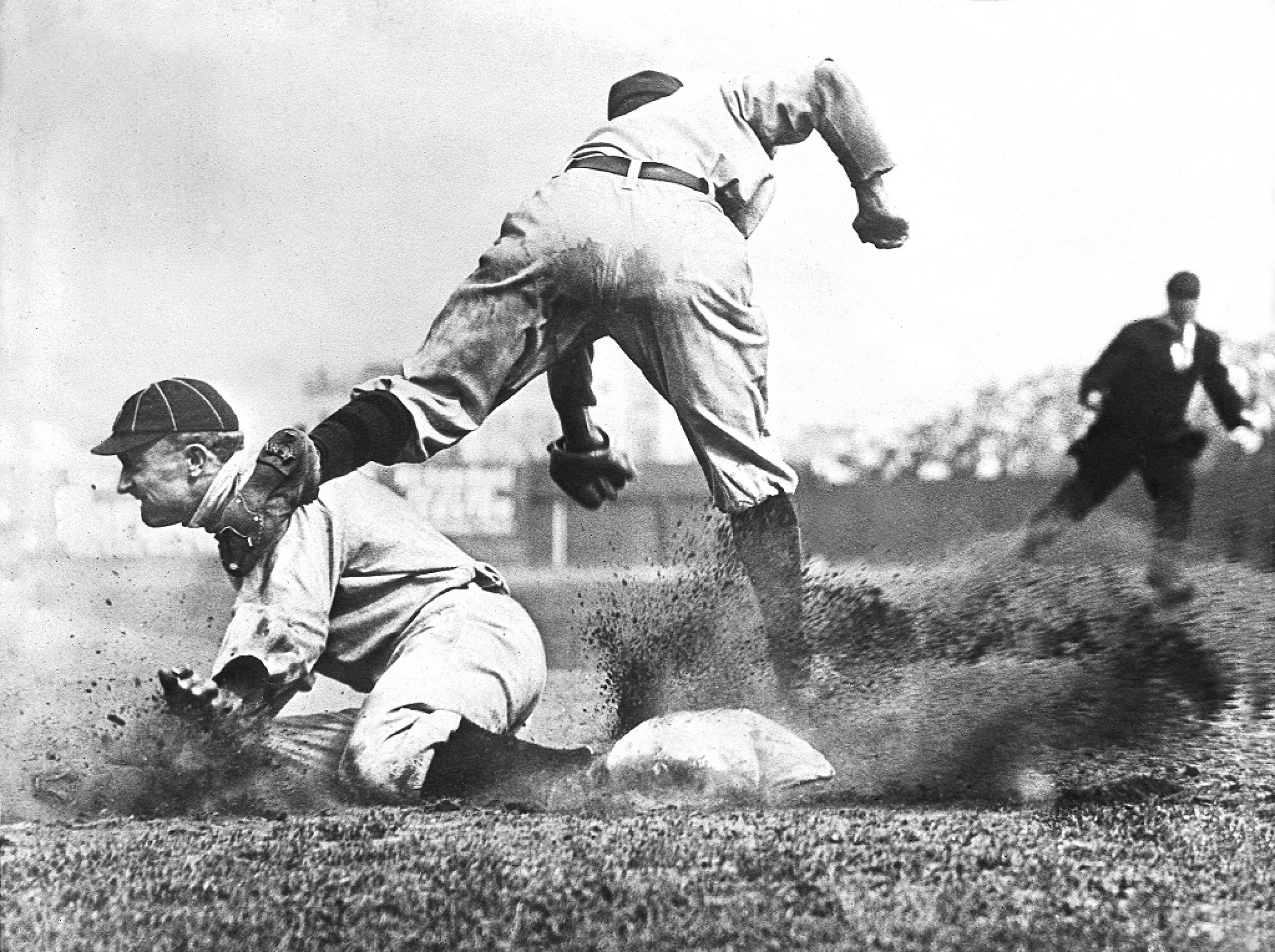
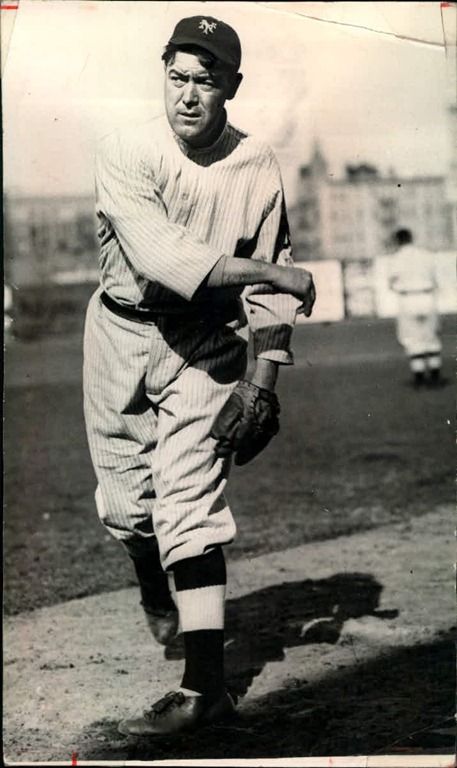
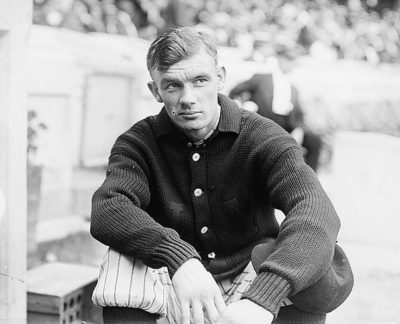
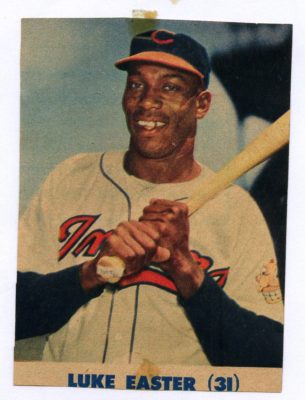
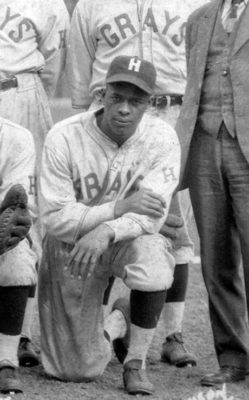
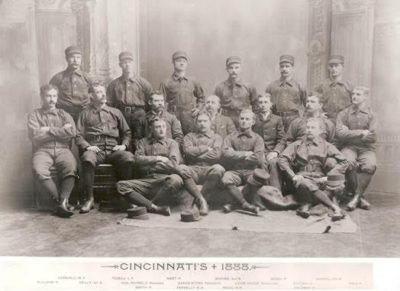
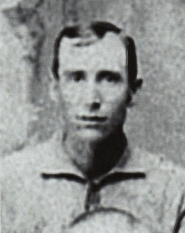
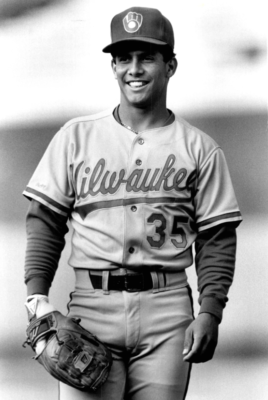
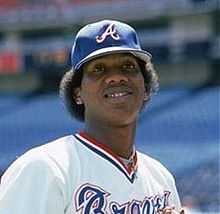
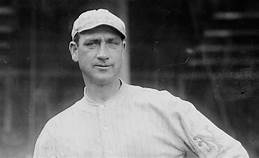
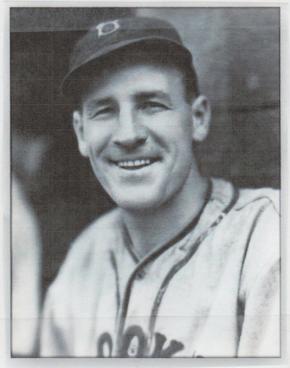
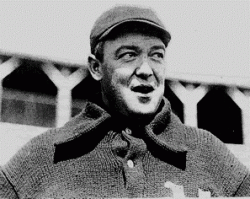
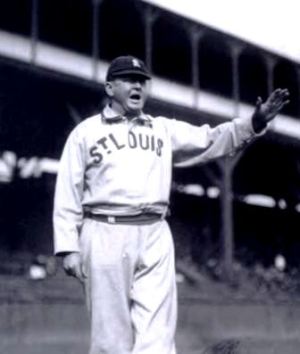
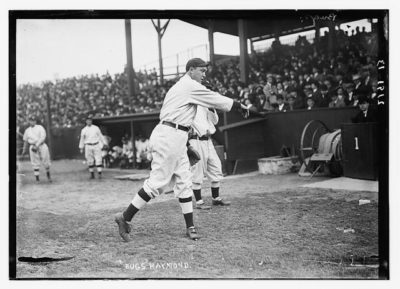
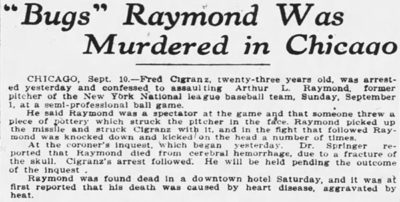
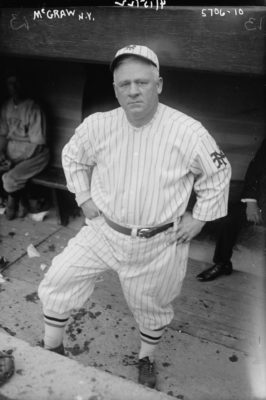
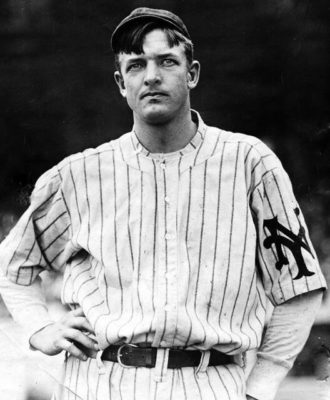
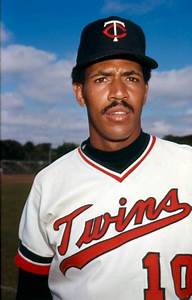
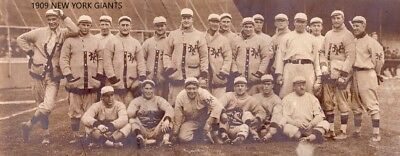
Good stuff, Gary.
I googled a site that listed all MLB players who had been killed while still playing MLB.
The strangest one I saw was for Bo Diaz, a decent catcher in the 80’s for a number of teams.
He was killed while up on his roof adjusting a satellite dish, when it dislodged and came down and crushed his neck. Yikes
Thanks Paul, I do remember him. That’s a real tragedy.
Gary:
Thanks for such a wonderful history of “ancient” baseball. I am a present day fan, but got interested in the old ball because my mother’s first cousin was married to Larry McLean. I have found little about him on the internet and can find little to nothing about her, but it’s fun to look. I didn’t know he had a baseball card until today when I decided to look at the history again for more news. BTW, her name was Rose Knepper. She was born in South Dakota before statehood, then was moved to St. Louis where she met Larry McLean.
Mary
Thanks for stopping by Mary. I’m very familiar with your family relation, Larry McLean. Do you have any family anecdotes or tidbits of information about him you’ve picked up over the years? If so, maybe I can do a write-up about him with some input from you. Anyway, thanks again, and please keep; in touch! -Gary